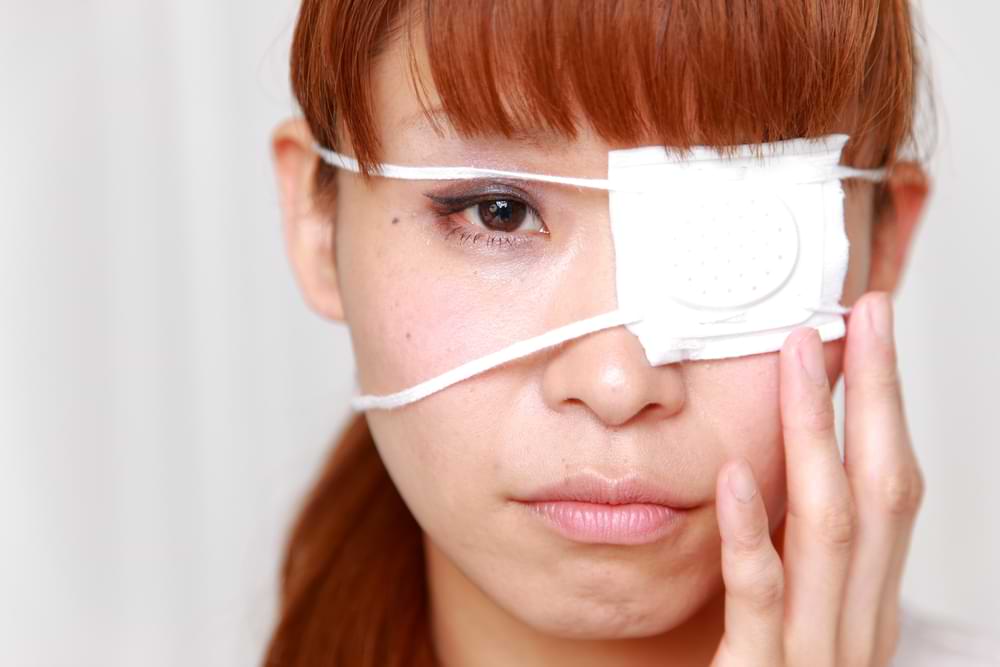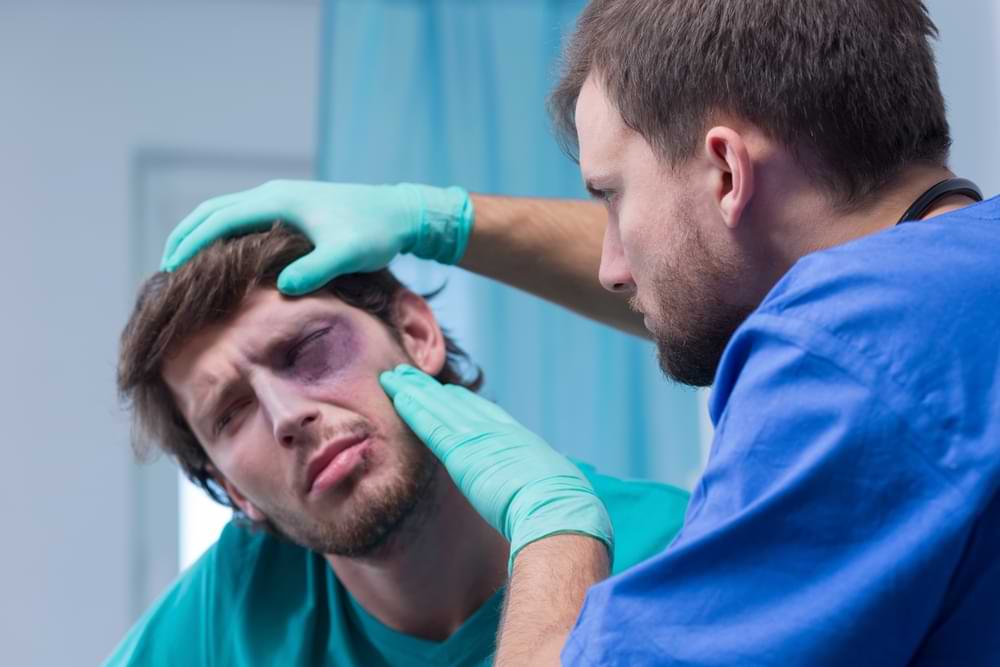Common Eye Injuries and How to Avoid Them
Ever thought how a regular day at home or work could suddenly turn into an eye injury calamity?
Understanding and preventing common eye injuries is crucial for keeping your vision sharp. Often, it’s the little things that can make a big difference in reducing the risk of accidents.
I’m Martin Robinson, owner and principal optometrist at Martin’s Eyecare in Hobart. Over my many years in optometry, I’ve treated a range of eye injuries and I’m keen to share insights on how you can avoid them.
It’s a common myth that eye injuries are limited to high-risk job sites like construction. The truth is, they can happen anywhere – from your living room to your office desk. Take the case of a patient of mine, a 35-year-old Hobart resident. He was simply mowing his lawn when a flying stone hit his eye, causing a painful corneal abrasion.
And he’s not alone. According to a study by the Australian Institute of Health and Welfare, thousands of Australians experience preventable eye injuries each year. These incidents, often occurring in everyday settings, can lead to serious issues, including long-term vision impairment.
In the following sections, I’ll guide you through various eye injuries – from scratches to chemical exposures – and their common causes. Plus, we’ll look at easy-to-implement safety tips for your daily activities, whether you’re cooking, working, or enjoying sports.
Concerned about your eye safety? Feel free to book an appointment at Martin’s Eyecare for a detailed eye check-up and tailored advice on safeguarding your vision. And if you’re looking for immediate practical tips on eye protection in various everyday situations, keep reading – I’ve got plenty of insights to share.
Let’s explore how you can keep your eyes healthy and injury-free every day. Remember, protecting your eyes is about making smart choices in your daily routine.
Understanding Eye Injuries
When it comes to your eyes, even a small injury can feel pretty daunting. It’s crucial to understand the different types of eye injuries and their causes, so you can take steps to avoid them.
Types of Eye Injuries
- Scratches (Corneal Abrasions): Think of your eye’s surface like a camera lens. When it gets scratched, perhaps by dust, contact lens mishaps, or even a stray tree branch, it can lead to corneal abrasions. These are as uncomfortable as they sound and can make your eye susceptible to infections.
- Foreign Objects: Whether it’s a speck of dirt, metal shavings, or glass, foreign objects in the eye can cause irritation, redness, and sometimes more serious damage if not removed properly.
- Chemical Burns: This might sound like something from a lab accident, but common household items like cleaning sprays or even pool chlorine can cause chemical burns to the eyes. Immediate rinsing and medical attention are crucial in these cases.
- Blunt Impact Trauma: This occurs when the eye is hit with a blunt object, like a ball, a hand, or even during a fall. While the eye socket offers some protection, the impact can still cause bruising, bleeding inside the eye, or even more severe injuries like retinal detachment.
Common Causes of Eye Injuries
You’d be surprised at how everyday activities can lead to eye injuries:
- At Home: Simple chores like cleaning, cooking with oil, or doing DIY projects can pose risks. A splash of cleaning agent or a flying fragment from a DIY project can cause immediate damage.
- At Work: Not just the obvious industrial jobs, but even regular office work can lead to eye strain or injuries. Prolonged screen time without breaks can cause significant strain.
- During Sports and Leisure: Whether you’re playing a casual game of basketball or swimming in a pool, sports and leisure activities can sometimes lead to unexpected eye injuries.
The key takeaway? Awareness and precaution. Just being mindful of these potential hazards can go a long way in keeping your eyes safe. And don’t forget, if you ever feel like something’s not right with your eyes, seeking professional advice is always the best course of action.


Protective Measures for Daily Activities
Keeping your eyes safe isn’t just about avoiding harm; it’s about incorporating simple, smart habits into your daily life. Let’s look at how you can protect your eyes during everyday activities.
At Home
Home is where we let our guard down, but it’s also where many eye injuries occur. Here’s how you can keep your eyes safe:
- Cooking: When frying or dealing with hot oil, use a splash guard. It’s a simple tool that can prevent hot oil from splattering into your eyes.
- Cleaning: Always wear safety goggles when using harsh chemicals. Accidental splashes can lead to serious eye injuries.
- DIY Projects: Whether you’re mowing, drilling, hammering, or sawing, protective eyewear is a must. Flying debris is unpredictable, and those safety glasses should be your best friend.
At Work
The office might seem like a low-risk environment, but your eyes can still be vulnerable:
- Office Environment: Follow the 20-20-20 rule to reduce eye strain – every 20 minutes, look at something 20 feet away for 20 seconds. Also, ensure your computer screen is at eye level to avoid strain.
- Industrial Workplaces: In more hazardous work environments, never underestimate the importance of safety goggles or face shields. They are designed to protect against specific hazards present in your workplace.
- Workplace Safety Audit: Conducting a workplace safety audit is essential to ensure that all workplaces have specific, documented procedures for handling eye injuries. These guidelines are vital for both preventing eye injuries and providing immediate and effective responses if they occur, safeguarding employee eye health in any work environment.
The following table illustrates the relative frequency of eye injury events which cause the injury recipient to take days off from work.
| Major Event Category | Percentage of Cases |
|---|---|
| Contact with Objects or Equipment | 65.5% |
| Exposure to Harmful Substances or Environments | 26.4% |
| Violence and Other Injuries by Persons or Animals | 6.6% |
| Falls, Slips, and Trips | 1.5% |
(Source: US Bureau of Labor Statistics, 2020)
Preventive Eye Care Practices
Looking after your eyes is a bit like taking care of a valuable piece of equipment – it requires regular maintenance and careful handling. Here are some key practices to help keep your eyes in top condition.
Proper Eyewear
Choosing the right eyewear is more than a fashion statement; it’s a health choice:
- Glasses and Contacts: Keep your prescription current. Outdated prescriptions can lead to eye strain and increase the risk of accidents.
- Protective Coatings: Consider lenses with UV protection and anti-glare coatings, especially if you spend a lot of time outdoors, on the water or in front of digital screens.
- Work Safety Glasses: If your job involves physical labor or exposure to hazardous materials, safety glasses are essential to protect from debris and chemicals.
- Sports Goggles: For sports enthusiasts, goggles provide sturdy protection during activities like basketball, football or racquet games.
- Swim Goggles: Protect your eyes from chlorine and other irritants in pools, or debris in natural waters, with swim goggles.
- Cycling Eyewear: Cyclists should wear protective eyewear to guard against wind, dust, and debris. Look for wraparound styles that offer a wide field of vision and UV protection.
- Motorcyclist Eyewear: Motorcyclists who wear open face helmets need eyewear that protects against wind, dust, and road debris. Opt for sturdy, shatter-resistant glasses or goggles for a secure fit.
- Driving Eyewear: For regular drivers, anti-glare lenses can reduce strain from oncoming headlights and sunlight, improving driving safety and comfort.
Eye Health Hygiene
Good eye hygiene is a simple yet effective way to protect your eye health:
- Hand Washing: Always wash your hands before touching your eyes, especially when inserting or removing contact lenses. This can prevent transferring bacteria and other contaminants to your eyes.
- Avoid Eye Rubbing: Rubbing your eyes can transfer germs and irritate your eyes. If your eyes are itchy, try using a clean, damp cloth to gently wipe your eyelids instead.
By incorporating these practices into your routine, you’re setting yourself up for long-term eye health. And remember, if you have any concerns about your eyes, whether it’s a new discomfort or a question about eyewear, don’t hesitate to reach out to us at Martin’s Eyecare. We’re here to help you keep your vision clear and your eyes healthy.
Want to learn more about choosing safety glasses? Watch the following video to find out about how to prevent common eye injuries.
First Aid for Eye Injuries
Accidents happen, and knowing what to do when they affect your eyes can make a big difference. Here are some basic first aid tips for various eye injuries, and guidance on when it’s crucial to seek professional help.
Immediate Steps
- For Scratches or Foreign Objects: Resist the urge to rub your eye. Blink several times to see if your tears will naturally wash out any small particles. If not, gently flush your eye with clean, lukewarm water. Don’t attempt to remove objects that are stuck on the eye.
- Chemical Burns: Immediately flush your eye with plenty of clean water. Keep your eye under a gentle stream of water for at least 15 minutes, moving your eye in all directions to ensure thorough rinsing.
- Blunt Impact Trauma: Apply a cold compress to reduce swelling and pain. Avoid pressure on the eye itself. A bag of frozen peas or a cold washcloth works well, but don’t apply ice directly to your eye.
- Cuts and Punctures: Don’t wash the eye or try to remove any objects stuck in it. Avoid applying pressure. Protect the eye by covering it with a rigid, circular object (like the bottom of a paper cup) taped in place and get to the nearest emergency eye care clinic.
When to Seek Medical Help
It’s important to know when a situation is more than a minor irritant:
- Persistent Discomfort: If discomfort or vision disturbance continues after attempting basic first aid, it’s time to see a professional.
- Visible Damage: If there’s noticeable damage to the eye or eyelid, or if a chemical burn was caused by a strong acid or alkali, seek immediate medical attention.
- Changes in Vision: Experiencing blurred vision, loss of vision, or seeing flashes of light warrants an urgent visit to an eye care professional.
- Severe Pain: If the eye is in severe pain, especially after an impact injury, it’s crucial to get medical help.
Remember, these tips are for immediate response and should not replace professional medical advice. Eye injuries can have more serious consequences than they might initially seem, so when in doubt, err on the side of caution and consult a healthcare provider.
At Martin’s Eyecare, we’re always ready to advise on eye injury care and prevention. Protecting your eyes is a priority for us, just as it is for you.
Conclusion
We’ve covered a lot in this article – from the types of eye injuries you might encounter to how you can protect your eyes during daily activities. Remember, something as simple as wearing the right glasses while cooking, using protective goggles during your weekend DIY project, or even knowing the basic first aid steps for eye injuries can make all the difference.
Eye safety might seem like a small thing, but trust me, its impact is huge. Taking these small, precautionary steps can prevent injuries that could otherwise have a lasting effect on your vision. And while first aid is crucial, knowing when to seek professional help is equally important. It’s about being proactive, not just reactive.
At Martin’s Eyecare, we’re here to support you in all aspects of eye care. Whether it’s a routine check-up, addressing a specific concern, or just wanting some advice on how to keep your eyes healthy, we’re just an appointment away. Your eye health is our priority, and we want to ensure you enjoy clear and healthy vision for as long as possible.
We are also available to respond to eye care emergencies. If you need emergency eye care come to our practice and we can prioritize a consultation if necessary.
Remember that 90% of eye injuries can be prevented with some common sense precautions. So, take a moment to think about how you can incorporate these eye safety tips into your daily routine.
